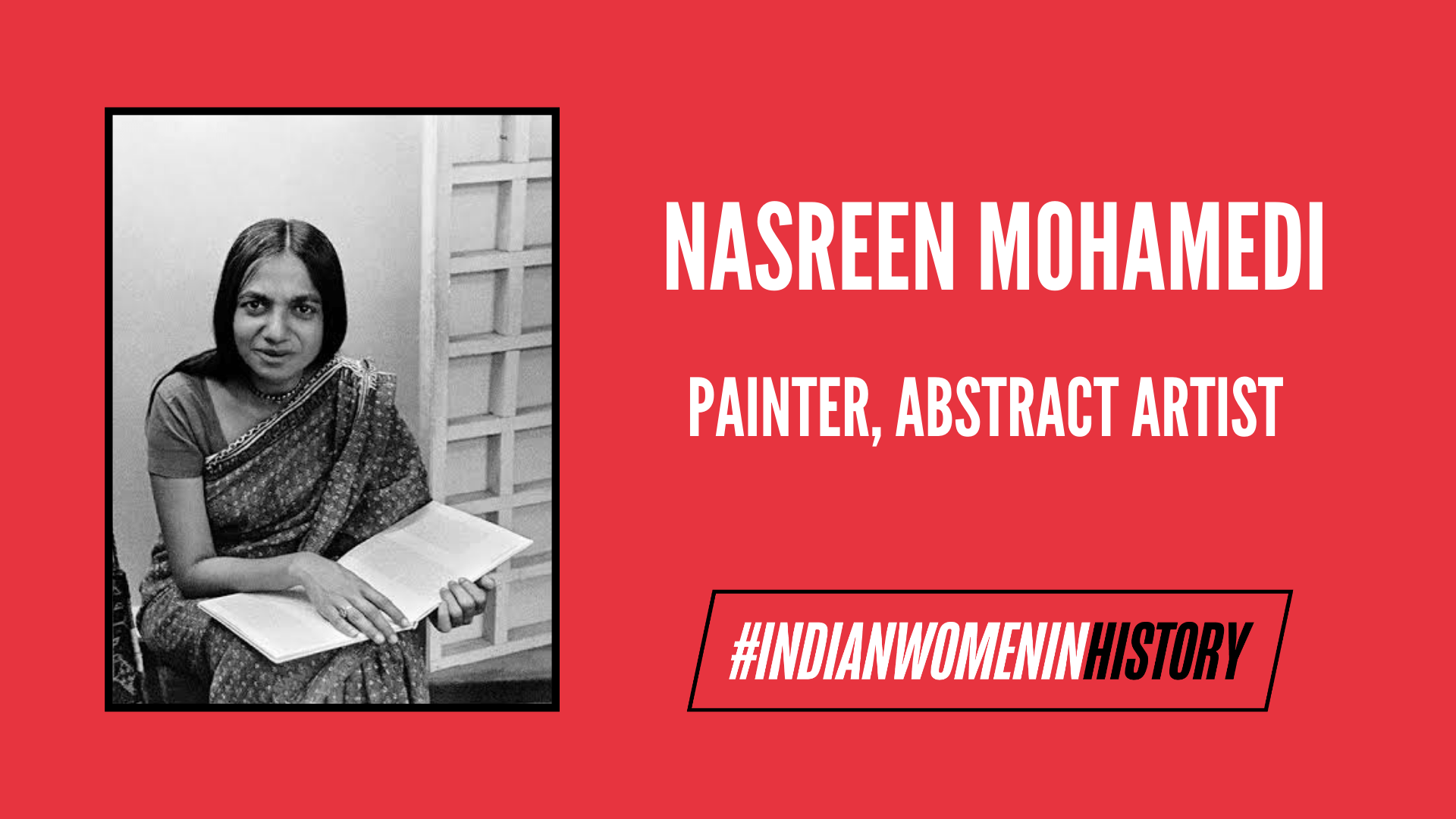Art is an expression of thought and hence liberating in many ways. Among the noteworthy modern artists of India, Nasreen Mohamedi was a distinct figure who largely anchored her work in minimalism and abstractness. She was the first woman abstract artist of India, whose vision was as infinite as as her line drawings.
Nasreen was a dedicated artist who didn’t stop creating even while dealing with a serious illness. Her small canvas consisted of profound details of pencil drawings and spoke volumes about her personality. Her expressionist style was soulful, and she weaved the narrative of modernity through abstract geometric and architectural shapes.
Nasreen Mohamedi led a humble life. However, her artworks gained international acclamation only after her death. In contemporary times, she is hailed as one of the key figures of South Asian modernism. She was a modern artist who although refused to theorise her work, spent her life delivering the maximum out of the minimum and gave a new meaning to abstract expressionism in India.
Early life and art
Nasreen Mohamedi was born in Karachi (then British India and now Pakistan) in 1937. Her family moved to Mumbai in 1944 amidst the growing tension of the partition. She was one of the eight children of her parents, and an unfortunate witness to her mother’s death at a young age.
Born in a socially privileged family, she attended Central Saint Martin’s art school in London at 16. Her father owned a photographic equipment shop in the Middle Eastern country of Bahrain. Trips to the desert spiked her interest in photography as well. In 1961, she got a scholarship to study in Paris.
While in Bombay, she met and interacted with eminent artists such as Jeram Patel and Vasudeo S. Gaitonde at the Bhulabhai Institute for Arts. She shared her interest in minimalism and abstract zen art with Gaitonde. Soon, Nasreen became his mentee and was highly influenced by his abstract paintings.
However, Nasreen Mohamedi’s interactions were not limited to abstract art and she was highly appreciative of the other renowned artists of that time like M.F Hussain and Tyeb Mehta.
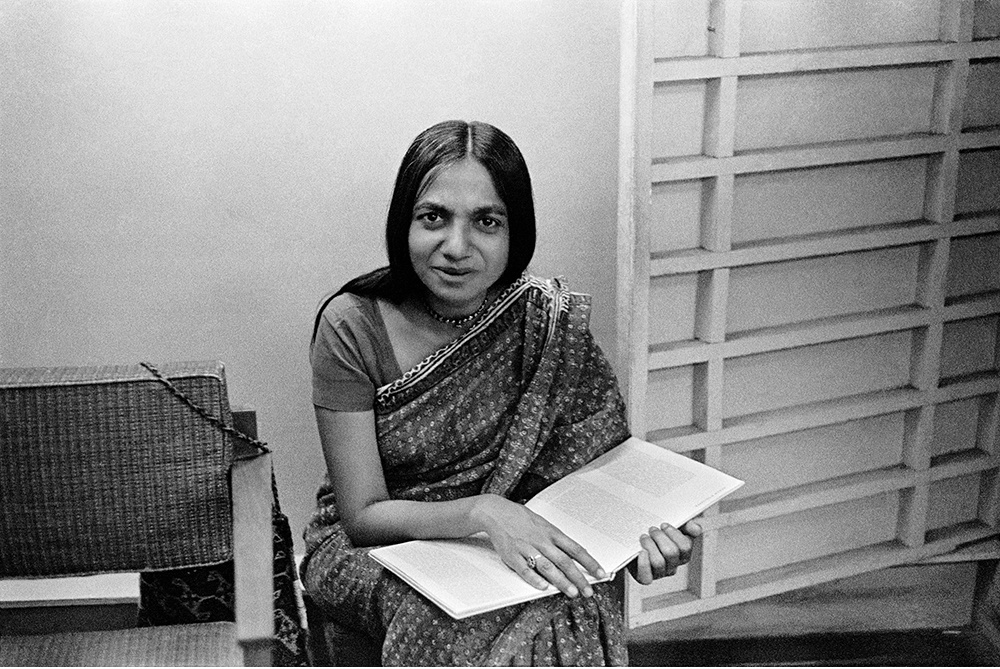
Nasreen Mohamedi moved to Baroda in 1972 where she taught at the Faculty of Fine Arts at MS University. She was an independent woman who owned an apartment cum studio in Baroda. The daily task of cleaning and mopping floors might be mundane to others but that was almost like a ritual to her.
According to her student, Roobina Karode, “The daily rituals of cleansing before sitting down to work were as mandatory for her as rituals of ablution before the offering of prayers.”
Nasreen Mohamedi derived inspiration from nature but the representational style of her surroundings on her canvas changed drastically over time. She often stayed at her family-owned beach house in Kihim. She described the scenery at the beach as that of “endless patterns” made by crabs and the ‘zigzag designs the waves leave on the sand’
The uncluttered and neat white-walled studio created a serene ambiance. It was as if she was one with the space in that studio apartment. Apart from line drawings, Nasreen Mohamedi also created photograms, took photographs, and kept a diary. In her lifetime, only her artworks were exhibited.
She documented her thoughts and state of mind in that small notebook. Her diary entries present a peek into her outlook on life. One reading the excerpts from her diary can only conclude that her dedication towards art and finding the meaning of life through it was indomitable.
Also read: In Remembrance | Flipping Through The Diary Of Frida Kahlo: An Intimate Self Portrait
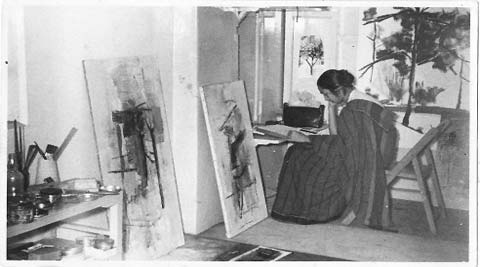
Nasreen’s work: Minimal and infinite
Nasreen Mohamedi came to be known for her black and white zen drawings. Islamic art and zen aesthetics heavily influenced her. Geometrical shapes and simple lines dominated her canvas. Pencil was her favorite medium. However, her mediums changed over time.
From the very beginning of her artistic zeal, the conformity of human anatomy never appealed to her. Nasreen seldom drew figures with broken lines in a scattered way. She was interested more in patterns. Hence, her human figures were accompanied by different patterned clothing. Such was her understanding of style. She loved sarees woven with pattered lines as well.

Her early works include a few canvases filled with a more realistic abstract art inspired by nature in her surroundings. Nasreen Mohamedi’s style and medium changed over time from the late 1950s to the 1980s. She had a quick fascination with watercolors and oil paintings but soon moved to the medium of pencil and graphite. Patterns and shapes have dominated her canvas ever since. She limited herself from the use of colors.

Nasreen Mohamedi derived inspiration from nature but the representational style of her surroundings on her canvas changed drastically over time. She often stayed at her family-owned beach house in Kihim. She described the scenery at the beach as that of “endless patterns” made by crabs and the ‘zigzag designs the waves leave on the sand’.
Nasreen’s diary entry from 1967 reads as follows:
Lines, subtle, winding tremors
Orange shapes
Crystal sparks
An illuminated dark expanse
Notes on water
Charcoals
Limitless greys into purples
Weedlike patterns
Changing
Dark sounds
Nasreen Mohamedi was very scientific in her approach. The geometric shapes and forms shrank overtime on her paper and they became the central figures in her drawings. It was as if she did a mathematical deduction of volume and space before putting up different patterns of oval, elliptical, triangular, and grid shapes on her canvas.
Her grid artworks of the 1970s tend to shrink as well over time, with fewer and lighter lines. Nasreen Mohamedi’s growing sense of space in her work was parallel to her deteriorating motor condition due to a neurodivergent disease.
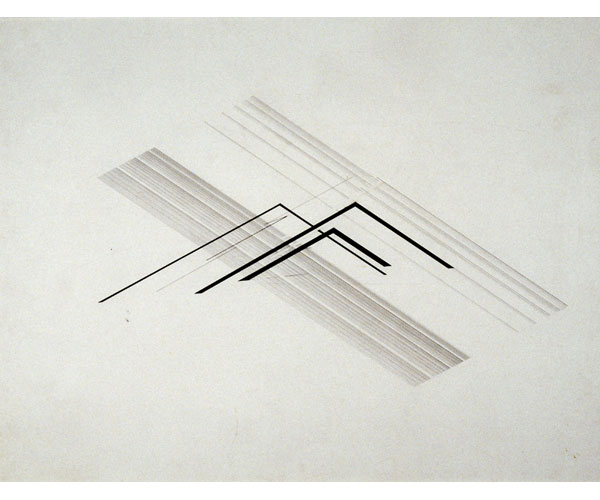
Nasreen travelled extensively to the desert land of Kuwait where she captured photographs of the grainy landscape. Light and shadow play on the desert landscape was very intriguing to her. Presenting a small figure on a large white backdrop, her black and white photographs were highly contrasting.
Just like her drawings, she captured the minute details in nature through her photographs. She seized the patterns created by nature on her canvas.

Nasreen Mohamedi referenced eminent poets and philosophers like Rainer Maria Rilke, Garcia Lorca, Albert Camus, and Friedrich Nietzsche. Her diary entries are full of references to the Upanishads, Sufi philosophy, and Zen traditions. Apart from this, she was hugely inspired and influenced by abstract artists of the early 20th century, including Wassily Kandinsky and Paul Klee.
Remembering Nasreen Mohamedi
Similar to quite many painting prodigies, Nasreen Mohamedi also was recognised as the most influential woman abstract artist of India posthumously. Although well-known in the artistic milieu of her time, she rarely spoke about her art, methods, and practices. Her first solo exhibition was in 1961 at Gallery 59 in Mumbai. While teaching fine arts in Baroda, she often held exhibitions for her students in the living room of her apartment studio.
Everyone in her social circle knew that she was an extraordinary artist but Nasreen didn’t receive deserving recognition while alive. Her male contemporaries like M.F Hussain, S.H Raza, H. A Gade were more commercially successful for presenting big canvases of bright colors, while Nasreen Mohamedi limited herself to the intricacy of simple line drawings
In 2003 and 2008, her abstract photographs and ‘The Grid’ artworks were exhibited at the Talwar Gallery of New York. Nasreen Mohamedi’s third exhibition, ‘Becoming One’ at the Talwar Gallery in 2013, revealed the vigor and candor behind her work. This particular exhibition showcased how her cultural inspiration had similar reflections in her abstract photographs and intangible drawings.
Nasreen’s notebooks and diaries were discovered after her death in 1990. Her artworks were undated, untitled and she refused to theorise them. Just like the objects on her canvas, her artworks were open-ended and open for interpretation. Her diaries provide a deeper understanding of her solitary universe.
Pages from her diary have been on display at many international exhibitions. Her friend and art historian, Geeta Kapur has used her diary excerpts for her research.
Her artworks have travelled to the greatest museums and galleries of the world. At present, Nasreen Mohamedi is celebrated as the global modern master. Art critiques, historians, and writers have been in awe of her drawings, writings, and photographs. Her art has been used as a part of historical research.
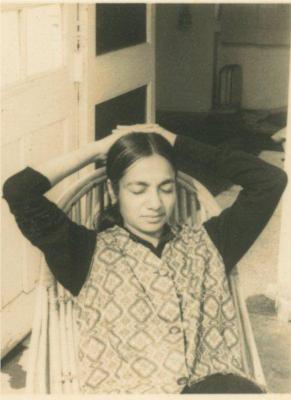
Everyone in her social circle knew that she was an extraordinary artist but Nasreen didn’t receive deserving recognition while alive. Her male contemporaries like M.F Hussain, S.H Raza, H. A Gade were more commercially successful for presenting big canvases of bright colors, while Nasreen Mohamedi limited herself to the intricacy of simple line drawings.
Through them, she represented her vulnerability and determination to create mirages despite her failing health. Her weak motor functions forced her to use a drafting equipment during the last decade of her life. Nasreen Mohamedi’s serene and subtle art continues to amaze people across the globe.
She created magic with her pencil and was highly critical of her own thoughts. Nasreen Mohamedi was an unapologetically modern and enigmatic artist. This is what sets her apart from the other artists of her time.
Also read: Artemisia Gentileschi: The Artist Whose Work Is A Love Letter To Survivors And Female Solidarity
About the author(s)
Rohini Ghosh is an aspiring journalist and a postgraduate Mass Communication student at St. Xavier's University, Kolkata. An intersectional, queer feminist at heart, she is deeply interested in gender and social issues
